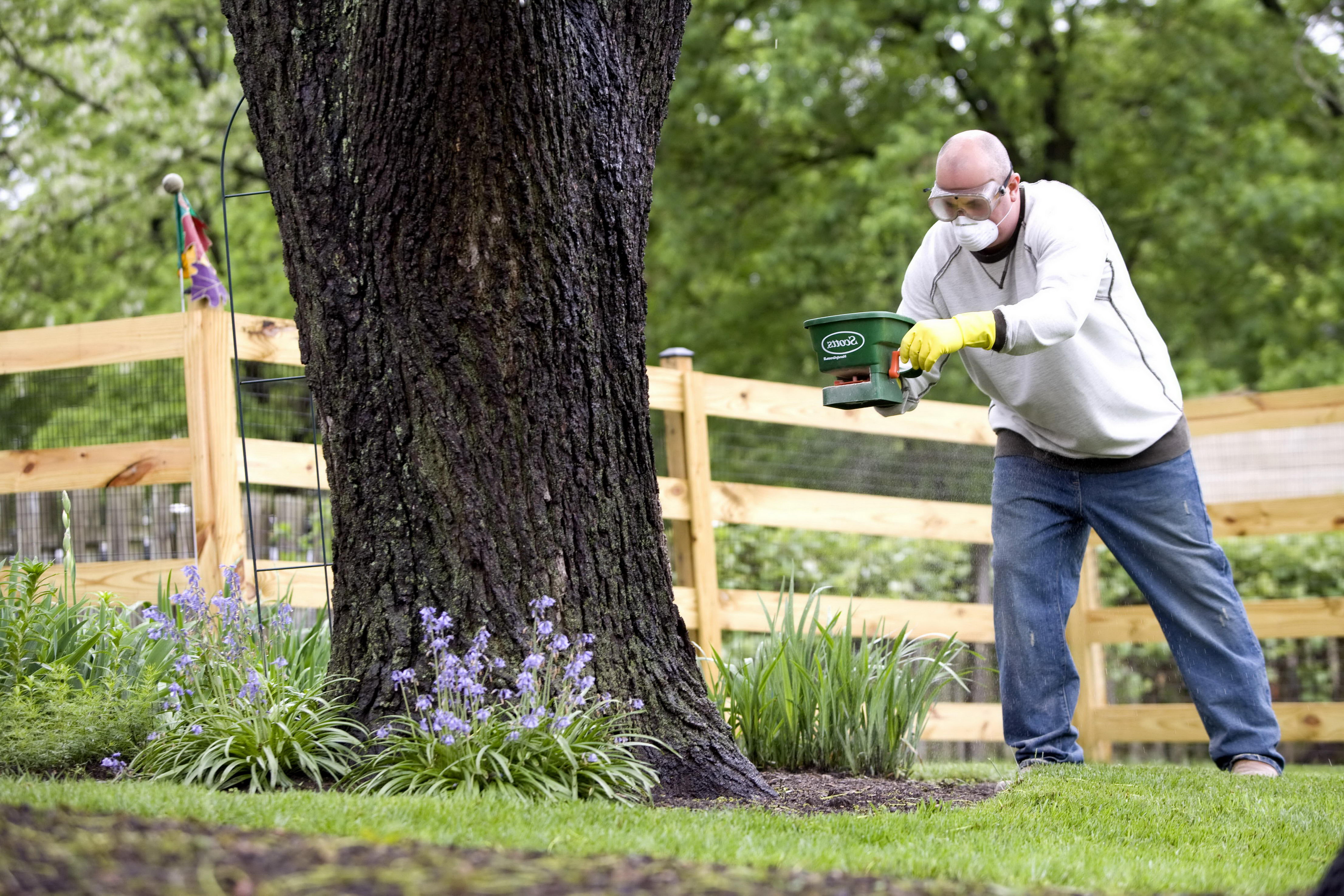Mastering Raised Bed Gardening for Seniors

Mastering Raised Bed Gardening for Seniors
Hello there, green-thumb enthusiasts! Today, we're diving into the wonderful world of raised bed gardening for seniors. Gardening is a hobby that transcends age, and with the right techniques, it can be a rewarding and enjoyable experience for everyone, including our beloved seniors. So, let's roll up our sleeves and get started!
Why Choose Raised Bed Gardening for Seniors?
Before we delve into the nitty-gritty, let's talk about why gardening for elderly folk is a fantastic idea. Firstly, it's a great way to stay active and engaged. Secondly, it provides a sense of accomplishment and purpose. Lastly, it's a wonderful opportunity to connect with nature and enjoy the fruits of your labor, quite literally!
Now, you might be wondering, "Why raised beds, though?" Well, my friends, senior-friendly raised beds offer a host of benefits. They're easier on the back, as you don't have to bend down to tend to your plants. They also drain better, which means healthier plants and less watering. Plus, they're perfect for low-maintenance gardening, as they require less weeding and have better soil quality.
Getting Started with Accessible Gardening
Alright, let's get our hands dirty! The first step in accessible gardening is planning your space. Consider the size and location of your raised beds. Remember, you want them to be easily accessible and close to a water source.
Next, let's talk materials. You can use a variety of materials for your beds, such as wood, metal, or even plastic. Just ensure they're safe, durable, and won't leach harmful chemicals into your soil.
Filling Your Beds with Love
Now that you've got your beds ready, it's time to fill them with love... and soil! The best soil for raised beds is a mix of topsoil, compost, and a bit of sand for drainage. You want a loose, well-draining mix that's easy for roots to grow in.
But wait, there's more! You can also add some organic matter, like manure or shredded leaves, to give your plants a boost. Just make sure it's well-composted, as fresh manure can burn plants.
Designing Your Garden Oasis
Here's where the fun begins! It's time to design your garden oasis. Consider using companion planting techniques to maximize your space and protect your plants. For example, tomatoes and basil are great pals, as basil deters pests that love tomatoes.
Also, think about ergonomic gardening. Make sure your plants are easy to reach and tend to. You don't want to be straining your back or knees to care for your garden.
Choosing the Right Plants
When it comes to gardening for elderly, it's important to choose plants that are easy to care for and have a high reward-to-effort ratio. Here are a few suggestions:
- Herbs: They're hardy, low-maintenance, and add a lovely touch to your meals.
- Vegetables: Go for easy-to-grow veggies like lettuce, radishes, and bush beans.
- Flowers: Choose low-maintenance, high-impact blooms like marigolds, petunias, and pansies.
Caring for Your Garden
Now, let's talk care. Watering is crucial, but it's easy to overdo it. Stick your finger about an inch into the soil. If it feels dry, it's time to water. Also, consider using drip irrigation or a watering can with a long neck to make watering easier.
Fertilizing is also important, but it's easy to go overboard. A slow-release fertilizer at the beginning of the season should do the trick. Remember, a little goes a long way.
Pest Control: The Garden Battle
Pests are a fact of life in gardening. But don't worry, there are plenty of low-maintenance gardening techniques to keep them at bay. Here are a few:
- Physical Barriers: Netting, row covers, and even sticky traps can deter pests.
- Organic Pesticides: Neem oil, insecticidal soap, and diatomaceous earth are all safe and effective.
- Companion Planting: Certain plants, like marigolds and chives, deter pests naturally.
Harvesting Your Hard Work
The best part of raised bed gardening for seniors is the harvest! Enjoy the fruits (and veggies) of your labor. Remember, the more you pick, the more your plants will produce.
Winterizing Your Garden
As the seasons change, it's time to prepare your garden for winter. This might involve covering your beds with a layer of mulch, or even planting cold-hardy crops like spinach and kale.
Learning and Growing
Gardening is a lifelong learning experience. Don't be afraid to make mistakes, and always be open to learning new techniques. Check out resources like www.gardeners.com/how-to/raised-bed-gardening/5084.html for more tips and tricks.
Conclusion
And there you have it, folks! Raised bed gardening for seniors is a rewarding hobby that's well worth the effort. So, grab your gardening gloves and let's get growing!
FAQs
-
Q: How high should senior-friendly raised beds be? A: Aim for 24-36 inches high. This height makes it easy to tend to your plants without straining your back.
-
Q: What's the best width for accessible gardening? A: Keep your beds no wider than 4 feet. This width allows you to reach the center of the bed from either side without stepping into the bed.
-
Q: Can I use plastic for my raised beds? A: Yes, plastic is a durable, low-maintenance option. Just ensure it's food-safe and won't leach harmful chemicals into your soil.
-
Q: How often should I water my raised bed garden? A: Water deeply once or twice a week, depending on the weather and the needs of your plants. It's better to water less frequently but more thoroughly.
-
Q: What's the best soil mix for raised beds? A: A mix of 60% topsoil, 30% compost, and 10% sand works well. This mix is loose, well-draining, and rich in organic matter.
0 Response to "Mastering Raised Bed Gardening for Seniors"
Post a Comment